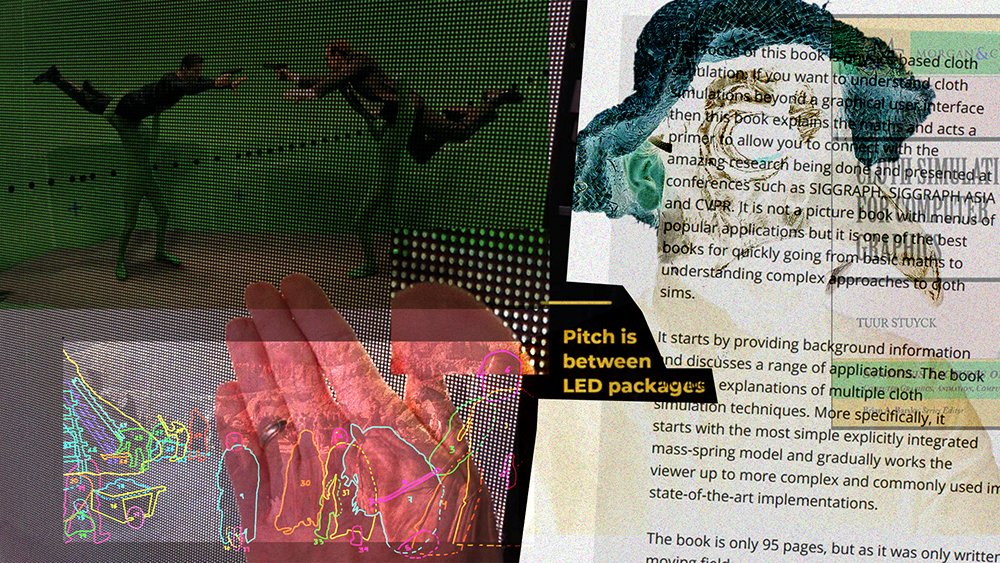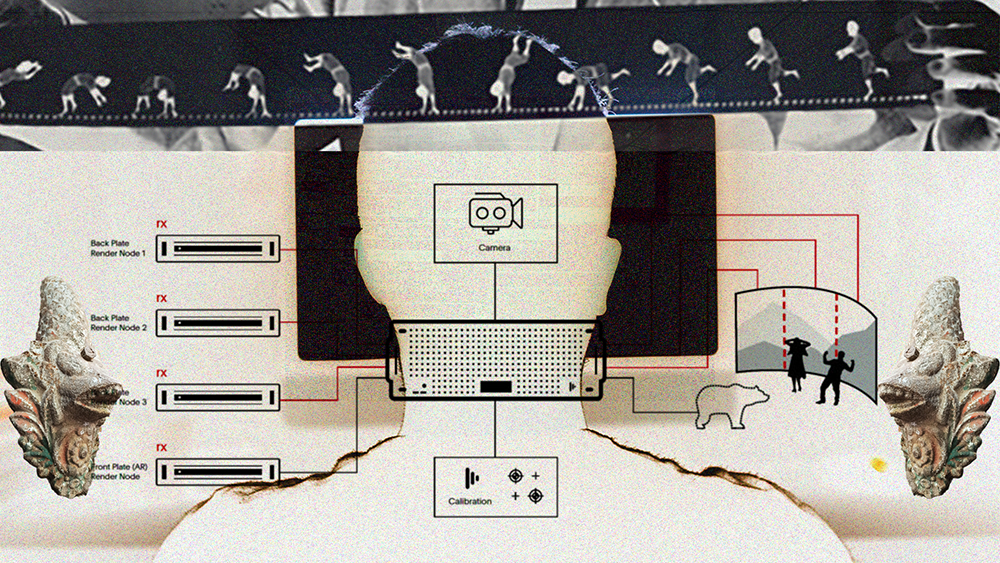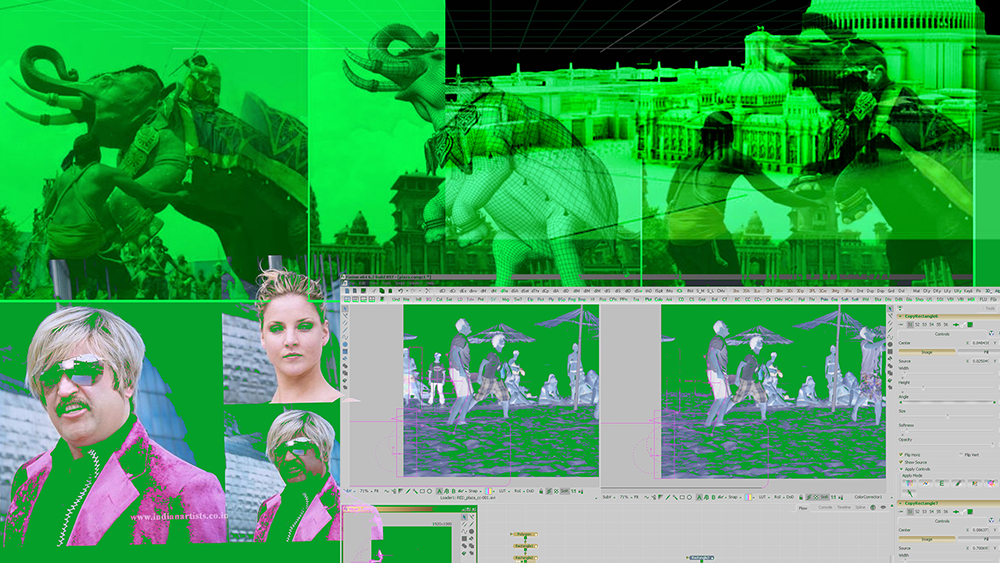Karthik Kuduva Gopinath




Grant Period: One year
Karthik Kuduva Gopinath is a Bangalore based contemporary artist who works with algorithms and databases on state surveillance and code-based interactive arts. Karthik KG received the FICA Inlaks Goldsmiths Scholarship in 2015-16 to pursue his MRes in Curatorial/Knowledge from Goldsmiths, University of London. He completed Masters in Visual Arts from the Ambedkar University, New Delhi in 2014 and graduated in Electrical and Electronics from KLN College of Engineering, Anna University, Madurai in 2005. He worked as a System Analyst and Team Coordinator at Tata Consultancy Services, Chennai from 2005 to 2011. Karthik participated in various shows including the Common Grounds at Insert 2014 at IGNCA in New Delhi, Identity Control, at Vadehra Art Gallery, New Delhi in 2014 and in Pepper House Residency Show as a collateral of Kochi Muziris Biennale in 2014.
With this grant, Karthik will make an experimental docu-fiction film to explore the precariousness of the lives and work of Computer Graphics (CG) and Visual Effects (VFX) artists in the South Indian film industry. As a labour force, CG and VFX artists are doubly invisible. As a peripheral workforce whose everyday tasks are in front of graphics workstations in post-production sweatshops of VFX studios while being involved in ceaseless work schedules, they are outside the film sets as well as the organised labour in the film industry. Apart from the established VFX studios, there are a large number of freelance CG artists who have become the main supply chain for movie production houses. Living in shared rooms with rented machines and pirated software these artists churn out frame by frame images - rotoscoping, modelling, animating, compositing etc. - to make the final output of the film. Moreover, the labour of post-production itself is invisible in the film experience, as the real success of a CG imagery is in not appearing as one. Therefore, CG labourers are engaged in a labour that invisiblises itself.
As an artist, Karthik has worked with code-based visualisation of data on state surveillance, as well as code-based interactive arts. In this experimental docu-fiction, Karthik will make his explorations through the narrative form of the film medium. But he will also carry forward elements from his earlier practice by hosting parts of the docu-fiction film on an online portal as digital fictions generated through interactive narrations. Here, Karthik will be engaging with the dynamics at play between the categories of the database and the narrative. In Karthik’s words, “The interest for this project lies in the dynamics between the ‘database of CG effects and CG freelance labour industry’ and the produced ‘on-screen narration’. It is the dynamics between ‘the invisible’ behind the screen and ‘the visible’ on the screen (...) Though the database is synchronic, stored as an infinite set of intersectional time-series, to make sense of the database is to create different narrations in a diachronic sense by bringing together different pieces from the database.”
Karthik’s artistic research will have three stages of development, that starts with a critical study of the CG software and the techniques involved in the production of the CG moving images, followed by an ethnographic engagement with the freelance CG artists who are working with these digital technologies to understand their knowledge system and working conditions. Finally, Karthik will look at the changes and impact these digital cinematic post-production techniques have brought to the making and experience of the moving images in the form of cinema and other mediums. While Karthik will document the process of VFX artists creating CG images, the idea is to build a fiction where the VFX artists will be involved in producing their own stories. He will be working with the CG artists working for the South Indian film industry primarily located in Chennai, Bangalore and Kochi. The film will be built through collaboration with the CG workers and use their techniques like animations, visual effects, compositing etc. to create various forms of moving images like interactive videos, info-graphics, and games. The outcome of this project – the film - will also experiment with a post-cinematic approach and the parts of the work will be presented as digital-fictions where the audience can experience it through interaction on a virtual platform hosted online.
While Karthik’s docu-fiction will be an exploration of the political dimensions of the precariat involved in the VFX industry, it will also be a media archaeology into the history of computer graphics. Karthik says, “Each of the different techniques involved in the generation of computer graphics and visual effects has their history/trajectories of development and are built with layers of complex algorithms. This project will trace back these trajectories and understand how these algorithms are frozen and stored as the database of effects in the CG software. These effects are readily accessible at few clicks for CG artists to apply to different cinematic objects. The interest is to understand the history of CG software; what are the possibilities and the limitations that come with each of this different software? How do freelance artists get introduced and trained on this software?”
IFA finds it important to support this project at a time when the CG industry has unprecedented significance on the visual arts industry, and the multitude of screens in our lives are alienating humanity from the real, while at the same time the relations of production within the industry are increasingly being pushed to the limits of precariousness under the onslaught of neoliberal capitalism. Karthik’s deliverables to IFA with the final report will be a high-resolution copy of the film and an offline version of the interactive online portal on a hard disk.
This grant is made possible with support from the Sir Ratan Tata Trust (SRTT).
